Why do we need a translation?
The Bible was originally written in Hebrew (most of the Old Testament) and Greek (the New Testament). Unless you know these languages you will need to read a translation of the Bible.
There are so many translations - which one is best? The answer: it depends!!
Which translation do we use at church?
At Emu Plains Anglican Church, we use the New International Version (NIV 2011). This translation has sought to find a balance of dynamic and formal equivalence (see below), staying close to the original text, and communicating its meaning in a way that is easy to understand. While you may use another translation for personal Bible reading, it is beneficial to use the same translation at church when we read and memorise scripture together.
Inside the mind of the translator
The main decision a translator needs to make is what they want their translation to achieve.
There are two major types: formal equivalence and dynamic equivalence. These have also been called word-for-word and thought-for-thought respectively.
Word-for-word
A formal equivalence, or word-for-word, translation aims to be a literal translation by prioritising what the original language says and how it says it.
Older examples are the Revised Standard Version (RSV) and the King James Version (KJV). Modern examples are the English Standard Version (ESV) and the New American Standard Bible (NASB).
Pros: stays close to the original Hebrew or Greek; better reflecting the complexity and depth of the original text. It also tries to avoid interpreting the meaning of the original text leaving that to the reader.
Cons: because of the literalness of the translation it can be hard to understand as a modern reader. It also relies on the reader having some understanding of technical language.
Thought-for-thought
A dynamic equivalence, or thought-for-thought, translation aims to make the text as readable for a modern audience as possible by prioritising what the text means. It is still a translation but is often very colloquial and renders the original language loosely.
Examples are the Good News Bible and The Message. (Which is towards the more extreme end of the spectrum.) We use the Contempory English version in our Kid’s groups.
Pros: Often easy to read and understand, avoiding technical language.
Cons: The translator decides what the passage means; sometimes the sentences are very different from what was originally said (or what you find in other translations); often the poetry of the original is reduced.
Whichever translation you use be aware where your translation stands on the line between dynamic and formal equivalence and remember it is a translation, not the original. Where your translation is at the very end of the spectrum it may be helpful to look at other translations alongside what you are reading. Also consider what translation others are using in church or growth group.

